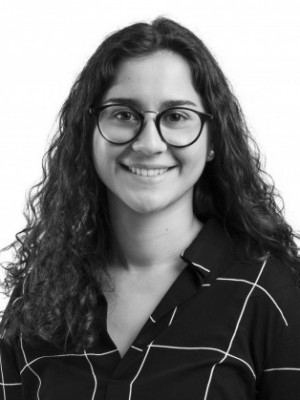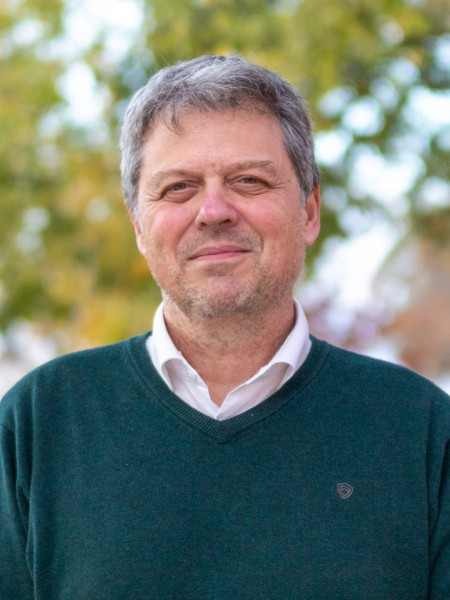resumo
Bioactive ceramics such as tricalcium phosphate (TCP) doped with metal ions are often used to replace natural bone in orthopedic and dental function, both in structural and coating applications. Although the addition of different ions to TCP has been correlated with improved mechanical performance, as well as pro-osteogenic and osteointegrative biological activities, the effect of combining different ions in single biomaterial formulations is poorly described. Here, design of experiments (DoE) was used to assess the effect of the addition of three metallic ions -Mn2+ , Zn2+ and Fe3+ -to TCP doped with 10 mol% Mg2+ , in combinations comprising one, two and three ions with varying ratios. Our results showed that the TCP could be doped by combinations of metallic ions and 8-TCP and hydroxyapatite constitute the main crystalline phases. Additionally, the simultaneous effect of metal ions influenced the structural and physical properties of the TCP composite. Overall, for up 1 mol% of Mn2+ , up to 3.75 mol% of Zn2+ and more than 2 mol% of Fe3+ , compositions 2 and 6, a dense microstructure and good defined grain boundaries improve the mechanical properties. Furthermore, the ion-doped TCP composites, namely the one prepared from equal amounts of substituting ions besides Mg2+, did not elicit a cytotoxic effect indicating that these materials could be of interest for tissue engineering applications.
palavras-chave
TCP CERAMICS; HYDROXYAPATITE; HYPERTHERMIA; TEMPERATURE; IRON; MGO
categoria
Materials Science
autores
Macedo, DF; Cunha, AF; Mano, JF; Oliveira, MB; Silva, AP
nossos autores
Projectos
CICECO - Aveiro Institute of Materials (UIDB/50011/2020)
CICECO - Aveiro Institute of Materials (UIDP/50011/2020)
Advancing the Regenerative and Translational Potential of Cellular Fibers (CellFi)
agradecimentos
This work was supported by the following projects and organisms: Centro-01-0145-FEDER-000017-EMaDeS-Energy, Materials and Sustainable Development, co-financed by the Portugal 2020 Program (PT 2020) , within the Regional Operational Program of the Center (CENTRO 2020) and the European Union through the European Regional Development Fund (ERDF) . Portuguese Foundation for Science and Technology, I.P. FCT/MCTES through national funds (PIDDAC) , under the R & D Unit C-MAST/Center for Mechanical and Aerospace Science and Technologies, reference: Project UIDB/00151/2020. The biological work was developed within the scope of the project CICECO-Aveiro Institute of Materials, UIDB/50011/2020 & UIDP/50011/2020, financed by national funds through the FCT/MEC and when appropriate co-financed by FEDER under the PT2020 Partnership Agreement. We also acknowledge financial support from the Portuguese Foundation for Science and Technology (FCT) under Contract no. CEE-CIND/03605/2017 and PhD grant 2021.04817.BD. In the context of biological analysis work the authors acknowledge the financial support given by the Portuguese Foundation for Science and Technology (FCT) with the project ?CellFi? (PTDC/BTM-ORG/3215/2020) , and the European Research Council for the project ?ATLAS? (ERC-2014-AdG-669858) .




